The workhorse for commercial interior lighting
Commercial downlights are designed for use in office buildings, shopping malls, airport terminals, train stations, healthcare facilities, gyms and fitness centers, educational facilities, and other non-residential environments. They are a real workhorse in commercial, institutional and public facilities, providing ambient, accent or task lighting for office workspaces, shopping spaces, conference rooms, auditoriums, art studios, libraries, circulation zones, dining facilities, corridors, stairways, and lobbies. These fixtures, often called “cans”, sit flush to the ceiling making for a visually clean ceiling line and modern architectural look. Regression of light source allows the recessed lights to provide glare cutoff for maximum visual comfort.
Recessed lighting fundamental in commercial facilities
Few things affect commercial facilities like lighting. Owners and operators of these facilities face a formidable set of challenges: high energy and maintenance costs, ever-tightening energy efficiency standards, long operating hours, as well as the need for high quality illumination that is critical to user satisfaction, productivity and safety. Their success in addressing those challenges is dependent upon the lighting technology and the effective use of the technology. Lighting must comply with codes, use energy efficiently, adapt to user needs and preference, enable productivity and enhance occupant satisfaction within the illuminated space. Traditional recessed lighting based on the incandescent, fluorescent, or HID (high intensity discharge) technology is a drain on your resources due to its low source efficacy, high optical loss, poor output controllability, and high maintenance frequencies. Commercial recessed lighting for the past few decades had been the realm of compact fluorescent lamps. Their moderately higher efficacy over incandescent sources, however, is achieved at the compromised quality of light.
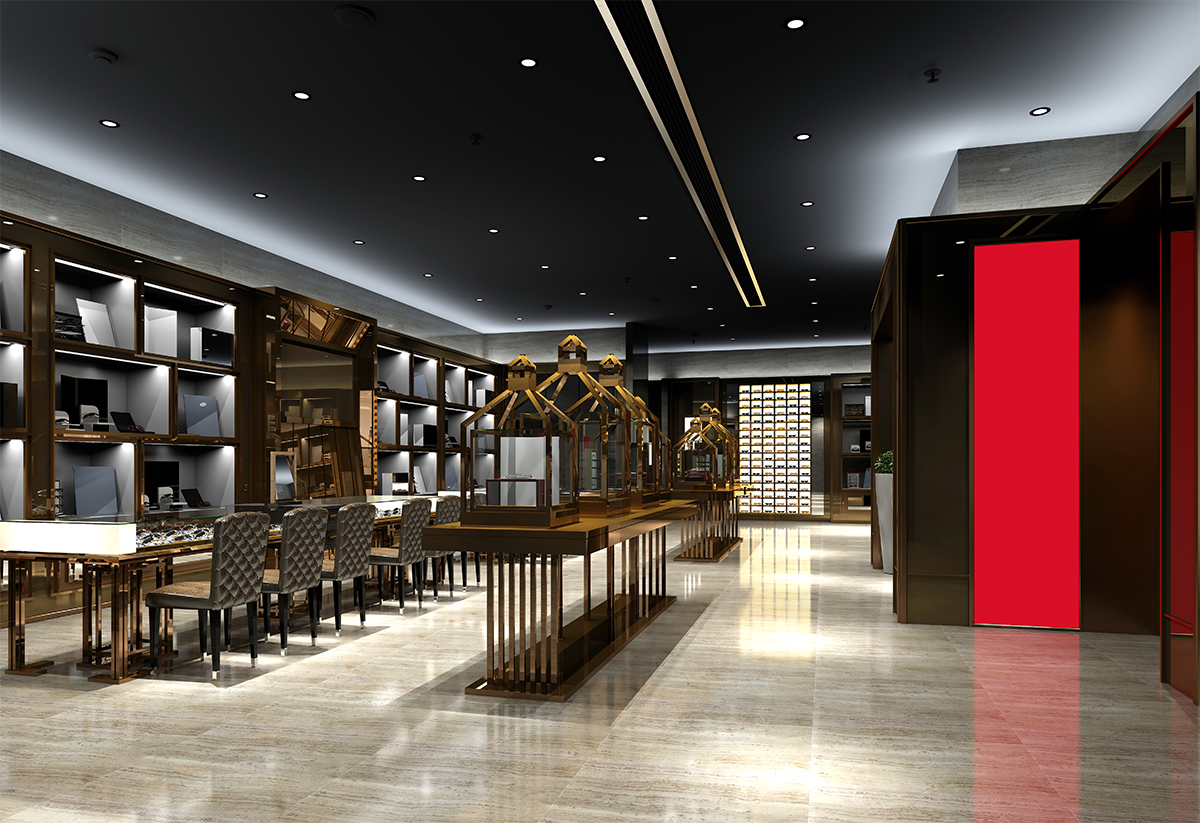
LED lighting opened up completely new possibilities
With unprecedented light source efficiency, reliability and controllability, LED technology provides a compelling solution to commercial lighting. Whether your intention is energy savings, user comfort, sustainable operations, improved quality of light, or all of these, recessed LED downlights are a no-brainer choice. Every bit of efficiency gains can help the bottom line. Solid state lighting enables energy savings beyond drastically improved source efficiency to encompass more precise delivery of useful illuminances at the appropriate time. A more breathtaking benefit of LED lighting is that not only the color quality of light no longer has to been traded for efficacy, but the ability to engineer the spectral composition of an LED system opens the realm of human centric lighting (HCL). Through tunable white lighting, HCL systems provide a cycle of dynamic light with an optimized combination of color and intensity to stimulate human activities in harmony with the human circadian rhythm, thereby enhancing comfort, health, efficiency, productivity and safety, all at the same time.
Construction and configuration
Commercial recessed LED downlights are offered in a choice of lumen packages, optical distributions, housing configurations, trim options, aperture sizes, and control methods. A typical design of an LED downlight consists of a dedicated housing or frame, an LED light engine which is self-driven or operated by an external driver, and a trim. The luminaire may be designed for use in new construction, remodel, or retrofit applications. It can be fire rated to keep a fire from spreading to other areas of the structure within a specified period of time, or constructed with an IC (insulation contact) rated housing that allows for direct contact with loosefill blown and rolled insulation.
In the United States, further requirements may be imposed on the design of recessed luminaires. The IC rated housing, which is a metal barrier or enclosure, may have heat retention or airflow restrictions (Reduced Airflow & Ultra-airtight). The Chicago Plenum requires the Reduced Airflow and Ultra-airtight IC housing to additionally meet certain mechanical specifications. The non-IC rated recessed luminaire is not necessary to have a housing that encloses the top side of the luminaire, but it must be kept at least 3 inches from the thermal insulation. A non-IC luminaire of a conventional design uses a steel tray (plaster frame) to hold the light assembly in place.
Canless LED downlights
Canless recessed lighting has become a trend in the commercial lighting sector where contractor-friendly designs are a much appreciated feature. Housings and frames are a thing of the past in many lines of newly released products and holistic design of LED systems is embraced in a tremendous way. Canless LED downlights incorporate the light engine, optics, trim and sometimes the LED driver into a single unit that can be directly into the ceiling with its spring loaded retention tabs. The housing of a canless LED downlight serves double duty as the heat sink which provides heat dissipation for the attached LED module. The integration of the LED housing and heat sink maximizes the active surface area of the thermal path and allows the length of the thermal path to be reduced to a minimum.
The light engine of an LED downlight with a dedicated housing or frame greets the integrated design in the same manner. The fixture-as-heat-sink design facilitates efficient thermal management that is critical to the color stability and lumen maintenance of the LED. In traditional lamp-based systems, the retrofit LED lamps have a service life that often falls short of expectation due to the size constraint to the heat sink.
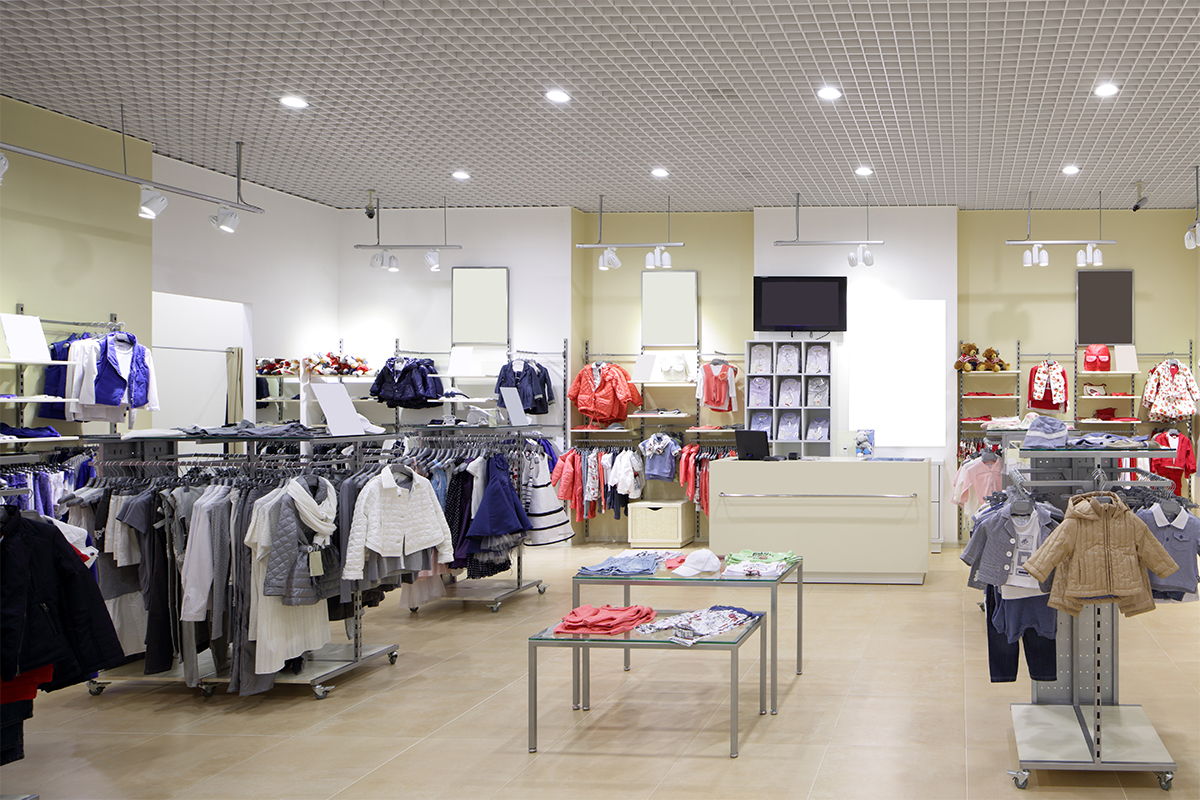
Light source
The choice of light source is governed by the lumen output, beam characteristics, color performance, and thermal design of a luminaire. Types of LED packages that are used in commercial downlights include mid-power SMD LEDs, chip-on-board (COB) LEDs or high power LEDs. One of the key performance markers of LED sources is their ability to survive high thermal stresses. High power and COB LED packages by their nature have a very efficient thermal design. Mid-power LEDs are known for high luminous efficacy but can be subject to a faster color shift and lumen deprecation due to the limited thermal stability of their plastic housings.
Aside from thermal stability, beam performance and source efficacy, the color characteristics of the light source should be evaluated seriously. The color render ability and correlated color temperature (CCT) are two measurable color attributes of a light source. They enables lighting designers to dictate the color reproduction performance of the luminaires and the warmth (or coolness) of the light. While a color render index (CRI) in the 80s is generally acceptable for ambient illumination in circulation areas, accent lighting and color-critical tasks demand a minimum 90 CRI.
The LED light sources are typically offered in 2700K, 3000K, 3500K, 4000K, and 5000K CCT options. Most commercial applications in the U.S. use light source of 3500K to 4000K because the cooler light source has a stimulating effect and promotes concentration. However, in applications where an intimate setting needs to be created warm white light sources should be used. All color options must be binned to a tight tolerance (e.g., within a 3-step MacAdam Ellipse) to achieve consistent color from fixture to fixture.
Optical design
Commercial LED downlights control light distribution through the use of reflectors, lenses, diffusers, baffles, or any combination of this. These optics also form the trim of a recessed luminaire. Trims come in square and round designs. Trims are also available in designs that produce asymmetrical light distributions for wall wash lighting. Ambient lighting systems frequently take advantage of the combined use of reflectors and lenses to produce clean, uniform flood beams with minimal optical loss. Spotlighting systems typically harness the power of total internal reflection (TIR) to produce a concentrated beam with a high center beam candle power (CBCP). Baffles are used to absorb and trap excess light to provide a softer beam spread.
Glare can be very distracting and disturbing in an office environment. Limitations on the amount of glare are imposed by the Unified Glare Rating (UGR). For rooms that accommodate reading, writing, training, and meeting activities, the overhead recessed luminaire should have a UGR of less than 19.
LED load regulation
The lifetime, efficiency and quality of light (flicker control) of an LED downlight is heavily dependent on the LED driver. The conversion from the incoming AC line power to a predetermined magnitude of DC power is accomplished through a single- or two-stage design that implements a switched-mode power supply (SMPS). The LED driver must ensure an accurate and regulated current with minimal ripples.
The driver may be designed to dim the LEDs using the pulse-width modulation (PWM) or constant current reduction (CCR) method. The CCR or analog dimming method is more commonly used in commercial applications. The dimming circuitry can be control through 0-10V, DALI and ZigBee protocols. It’s often desirable for LED downlights to respond correctly to a conventional TRIAC (forward phase or leading edge), ELV (reverse-phase or trailing edge) dimmer.
An LED driver may be equipped with sophisticated intelligence and wireless network connectivity to communicate with its environment, integrate with third-party building automation systems, and interact with an IoT platform via smartphone apps.


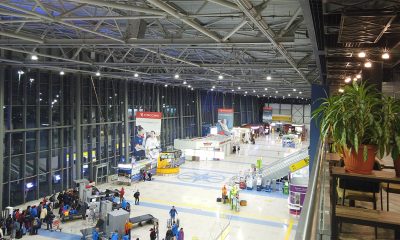
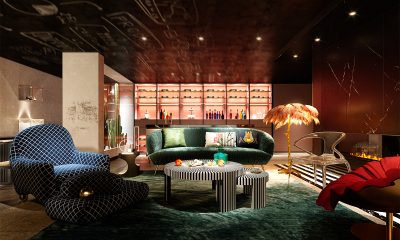
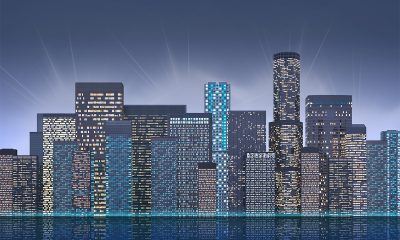

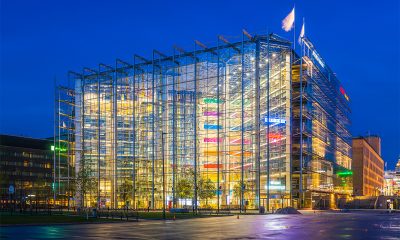
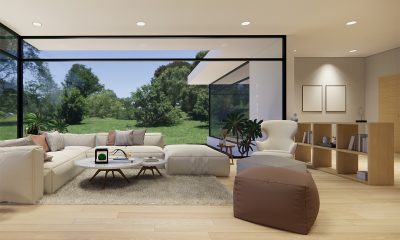

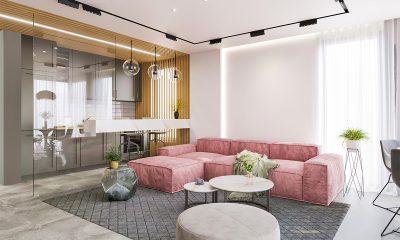
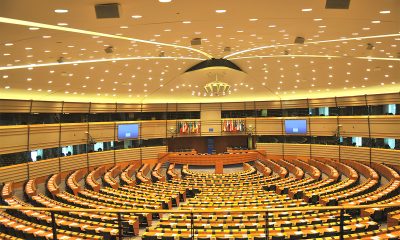
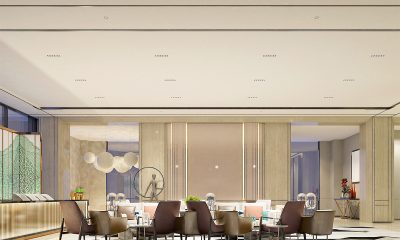
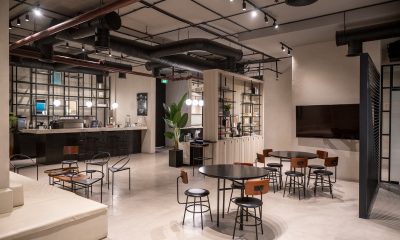
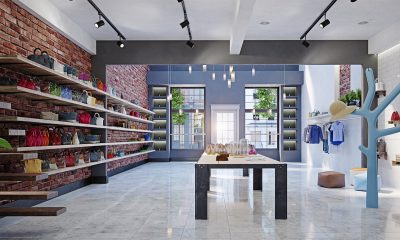





Loading...
New member